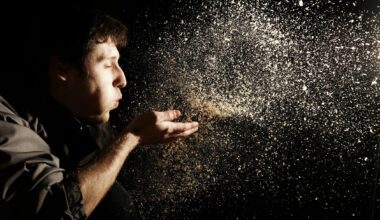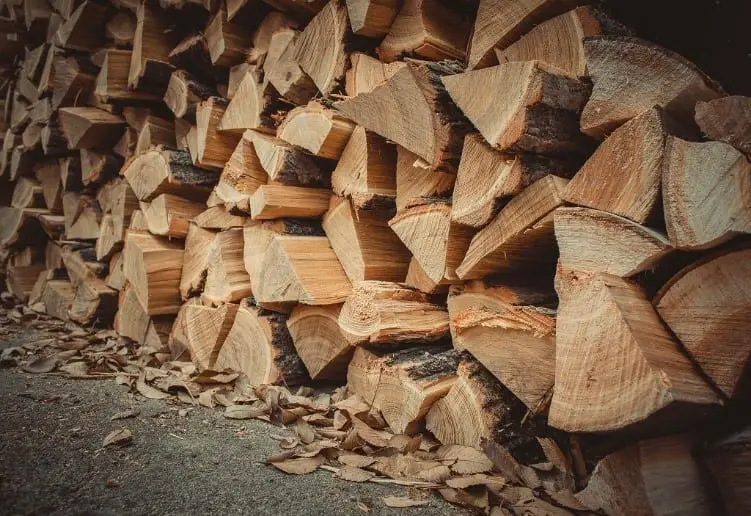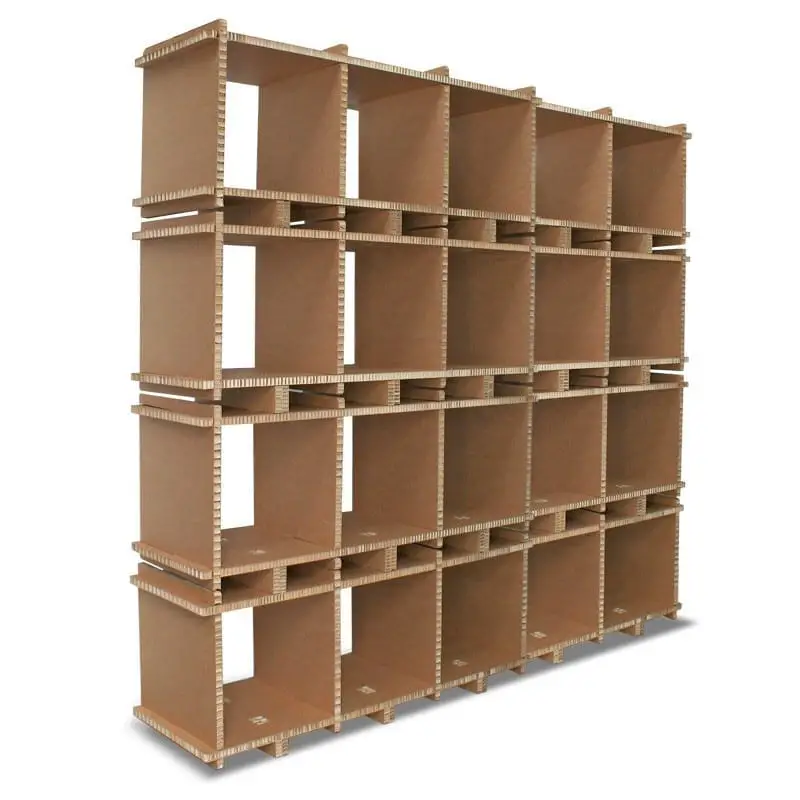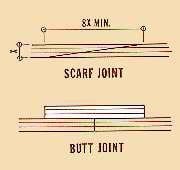Most hardwood floors get damaged due to moisture. It’s like a bane for these kinds of floors. Hardwood floors might be hard to maintain because of this, but they are truly one of the most high-class & beautiful flooring options.
However, hardwood floors require some serious upkeep. If spilled water stays on the floor for too long, or if moisture from the subfloor seeps into the wood, it can eventually cause the wood floor to sag. And you would want to try repairing it as soon as you can to avoid further damages.
Depending on how swollen the wood is, the wooden boards can even come loose from their tongue and groove connection. It is possible to repair damaged hardwood, but you must fix the moisture problem first. Only proceed with the project once the subfloor is completely dry. If you do it otherwise, you would have to repair it all again.
Read this article till the end to find out how to fix wood floor buckling.
Tools You Might Need To Fix The Wood Floor Buckling
Learning how to fix wood floor buckling requires using the right tools. Otherwise you might spend a lot of time just pondering how to fix it. Worry not, we have listed all the tools you may require:
- Drill machine
- New planks you want to replace with the old ones
- Circular saw
- Chisel
- A Hammer
- A screwdriver or pry bar
- Some scrap lumber
- Sandpaper with fine-gritting
- A dehumidifier
- Tape measure
- Some floor finish
- A couple of paintbrushes
- Fresh stains to even out the tone of the room
You may not require some of these tools if you follow a certain method to fix your wood floor buckling. But still you should be ready with all the stuff just in case you need them.
How To Fix Wood Floor Buckling – A Step-By-Step Guide
Step 1: Mark The Board

This is no brainer, you would want to mark every plank of your flooring that you plan on cutting out. But while marking them, ensure you do not leave out any bad planks or mark the wrong ones.
Additionally, while cutting ensure you do not go overboard with the markings, as you may end up cutting the ones that are alright. A great option is to get the entire board out, which you are not sure of. However, if you’d like you can also take out a portion.
If you are planning on removing just a portion, ensure you mark only that area and cut through it using a chisel & a hammer. This process will be the beginning of removing the board, but it won’t do the trick unless you cut between two nails.
Step 2: Cut Through The Board

Ensure you use a saw that you are most comfortable with while cutting through the board. This will help you cut it better. Also make sure you do not cut all the way through or to the subfloor.
If you find the boards to be glued to the subfloor or it is stubborn to get out, make a couple of cuts along the way.
To ensure you do not cut through the subfloor, try using a blade that is thinner or equal to the thickness of your hardwood floorboard. First you would want to cut through to discover its actual thickness, this way you would know what blade you can use safely.
Step 3: Pry The Board Up

The next step is to remove the old board, you can use a hammer & a flat bar to do it. If you are skilled enough, you might get all of it in a go otherwise it’s quite alright if it comes off in a dozen pieces. Just ensure you get every single piece out otherwise the new board you try sticking wouldn’t stick.
Lastly, you should ensure you take off every nail & glue from the floor. If you do not, your board might end up not being flat on the floor. In the worst case, it might even crack if something keeps it holding up.
Step 4: Install The New Board & Stan It Up

The final step is to install the new boards you bought from the market. To do so, you should use a couple of hardwood floor nails. Additionally, you may even try using a tongue & groove method, of course, if you have the right gears. However, you might want to cut off the tongue & nail down the board to try faking the method.
Whatever you try doing, ensure you do not damage or crack up the new board!
Finally all that’s left to do is stain up your new board. There’s a good chance you might match the stain even if it has aged. However, one of the best ways is to restrain the entire room, this will completely ensure everything will look even & of the same color.
This will keep your room and even the entire house looking beautiful, leaving your guests in awe!
Conclusion
There’s no secret that hardwood flooring gives a unique, and awesome look to your home, turning it into a spectacular place. To be honest, there are virtually no downsides to owning hardwood flooring – it comes with great benefits and of course gorgeous looks. However, as with any other type of flooring, it requires maintenance and sometimes repairs.
Thankfully, you have just learned how to fix wood floor buckling and keep it shiny for long! Of course, you can use this learning to keep your room or house up-to-date, looking classy and top-notch. Isn’t it great how you can do amazing things all on your own?!
Bonus tip: If you are lucky enough to access the subfloor from your basement (from below the subfloor), screw the new boards down to prevent future bucklings. However, your boards might get damaged in the future due to moisture but at least, now you know how to fix wood floor buckling!
You may even want to bookmark this article in case you want to re-read it while you are repairing your wood floor.








